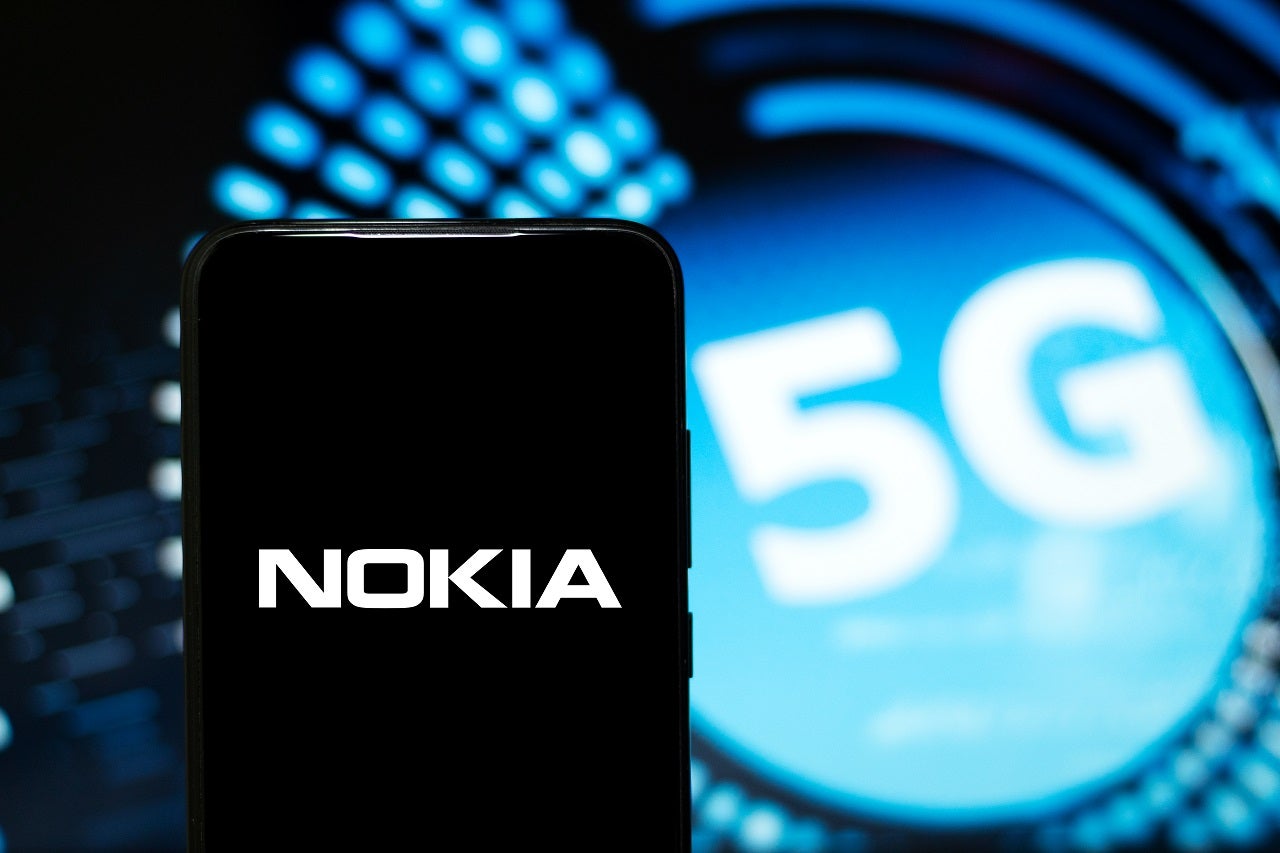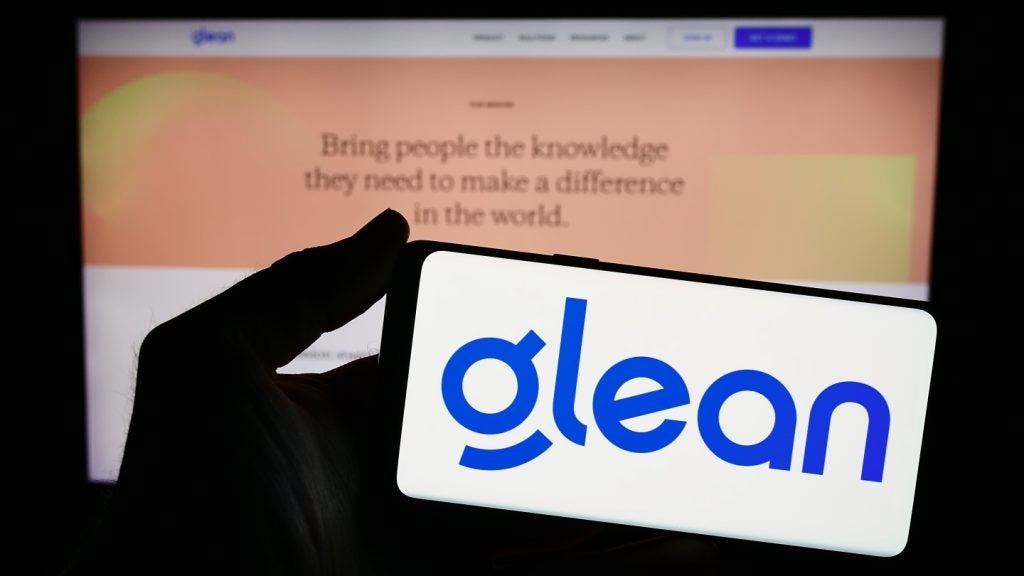Nokia discloses details of its private cellular wireless market performance to analysts each quarter, which not only provides insights on the vendor’s momentum, but also provides information on enablers and challenges that likely apply to most providers. As so many vendors and service providers see private cellular as a major growth opportunity, Nokia’s results may help explain why we are still at an early stage of market adoption, and why some provider segments appear to be doing better than others in gaining large numbers of new customers and associated revenues.
In Q2, Nokia noted that it had over 515 private wireless network customers, with new public logos in the quarter that include the NHS Foundation Trust (Bethlehem Royal Hospital in UK), Antamina (mining company in Peru), MEXT (university technology center in Turkey), Flex (manufacturer in Brazil), APM Terminals (Mexican maritime terminals), and the Public Transport Authority (Australia). The key verticals within its customer base includes:
- 91 Transportation companies
- 126 Energy companies (including energy, utilities and mining)
- 132 Public Sector organizations/Smart Cities
- 93 Manufacturing/Logistics companies
- 73 Other companies and organizations (hospitality, healthcare, agriculture, device testing, etc.)
Nokia notes that it is seeing the most growth in manufacturing and energy customers. While manufacturing is growing, progress in this vertical is complicated by the fact that it includes so many diverse kinds of companies with different requirements. Nokia is beginning to split manufacturing customers into 25 subsets to understand and serve them better. In addition, manufacturing deployments tend to be complex and are often the engagements in which Nokia partners with global systems integrators. They also differ in terms of the urgency with which they need to deploy private wireless and for what reasons. For example, worker safety has become a critical imperative in many factory environments, as well as many of the process manufacturing segments.
Regionally, 23% of Nokia private wireless customers are in North America, 10% in Latin America, 41% in Europe, 21% in Asia Pacific, and 5% in Middle East and Africa. The cellular technology split is 80% 4.9G/LTE or GSM-R; 5% 4.9G and 5G, and 15% 5G only. Nokia notes that neither the regional split nor the technology split has changed much in recent quarters. Nokia also discloses that the ratio of its Direct to Indirect Sales is now 39% Direct to 61% Indirect, a direction in which the vendor has purposely been heading over the last several quarters. While Nokia does partner with CSPs (for example, its NHS deal is with Virgin Media O2, and the Antamina deployment is with Telefonica), it is increasingly working with large global systems integrators and VARs. In many cases the customer is already working with one of these partners and asks Nokia to include them in the deployment.
Nokia growth – lower but still healthy
Nokia’s YoY customer (new logo) growth rate in Q2 (as well as Q1) was +30, which, while healthy, is lower than the vendor has seen in prior years, although there appears to be some seasonality in the rate, which generally strengthens in Q3 and Q4. The growth rate includes existing customers adding new sites, as well as new customers. While the regional split has not changed, there are differences between the regions. For example,
Nokia notes that LATAM, Middle East and Africa sales are dominated by operators. Nokia has dedicated teams in top countries to sell private wireless, and in other countries, the enterprise sales team promotes private wireless as well as other enterprise products such as IP and optical networking. Another statistic that stands out is the split between 5G and 4G (or what Nokia calls 4.9G). The fact that the split hasn’t changed much and still shows 4.9G as the technology used in 80% of deployments should be highly instructive to service providers, and shows that the kinds of complex, real-time, low latency, high bandwidth use cases that are being touted by 5G service providers and vendors alike are still not common requirements. 5G may be a significant enabler of private network use cases in the future, but it will take a while before it drives significant revenues, linked to the widescale availability of a 5G capable industrial ecosystem.
How well do you really know your competitors?
Access the most comprehensive Company Profiles on the market, powered by GlobalData. Save hours of research. Gain competitive edge.

Thank you!
Your download email will arrive shortly
Not ready to buy yet? Download a free sample
We are confident about the unique quality of our Company Profiles. However, we want you to make the most beneficial decision for your business, so we offer a free sample that you can download by submitting the below form
By GlobalData






Related Company Profiles
Telefonica SA
Nokia Corp
Flex Ltd